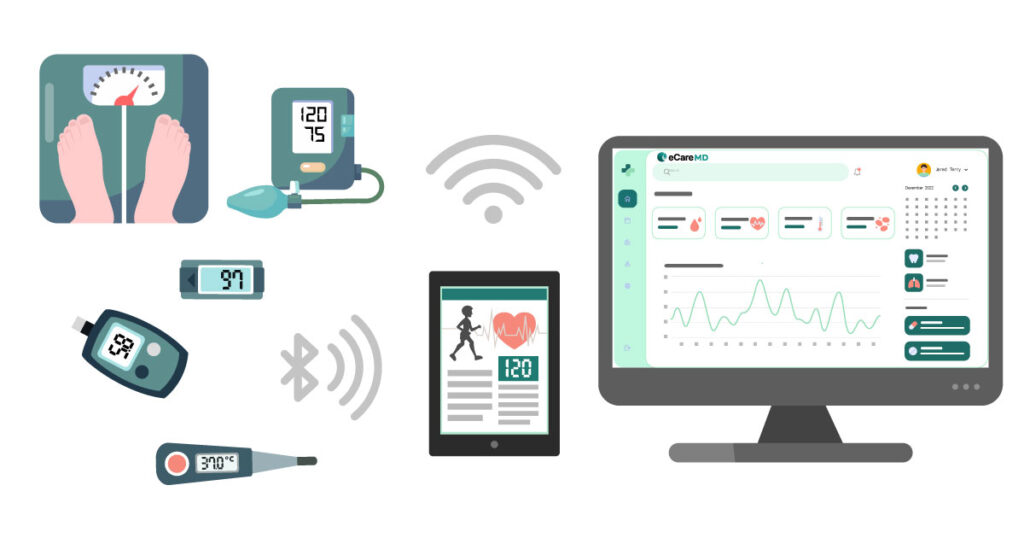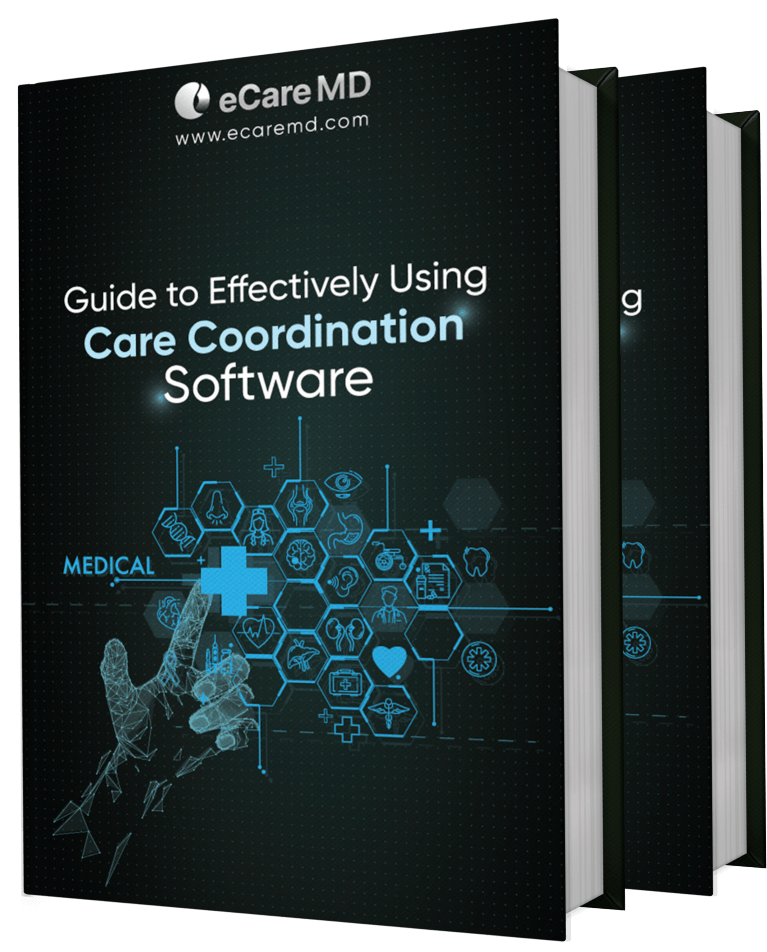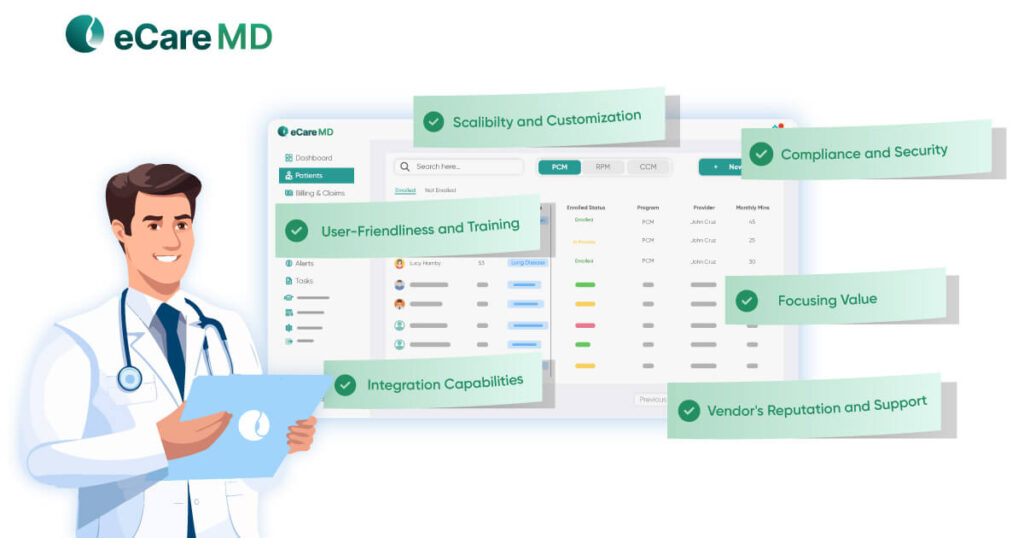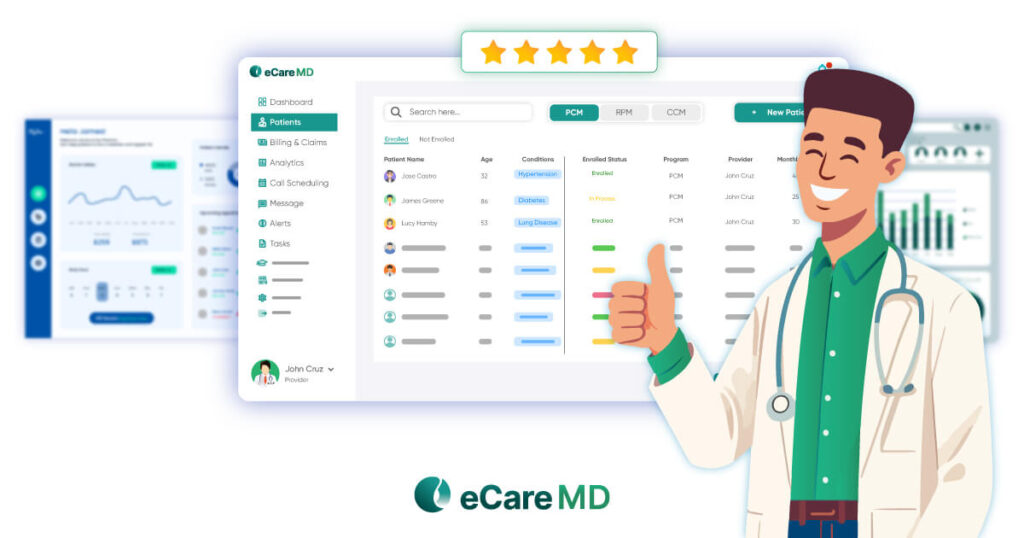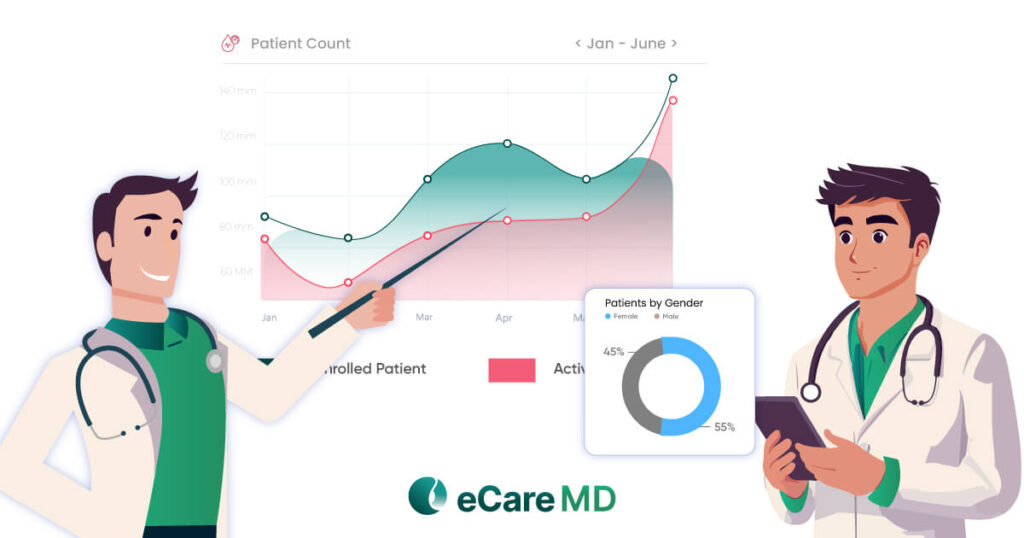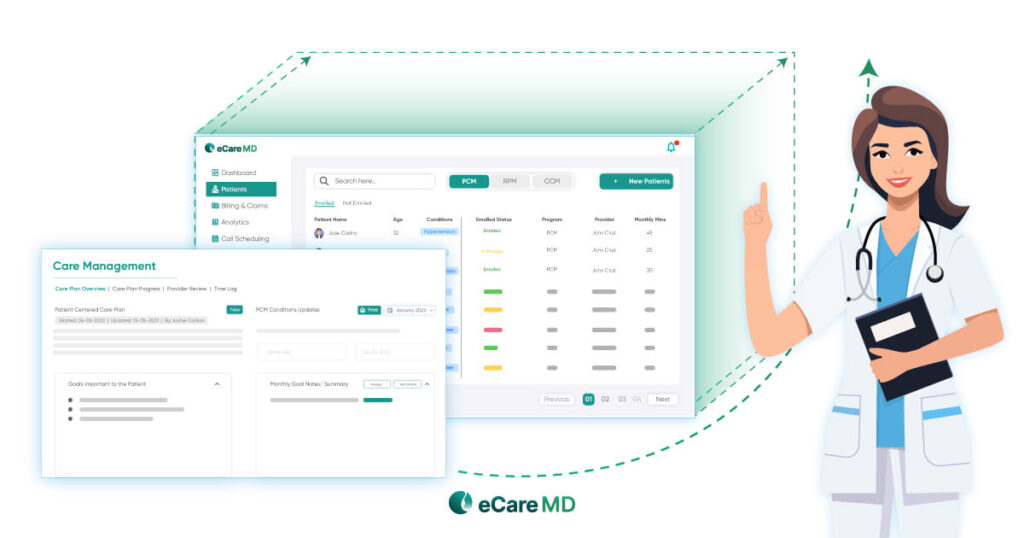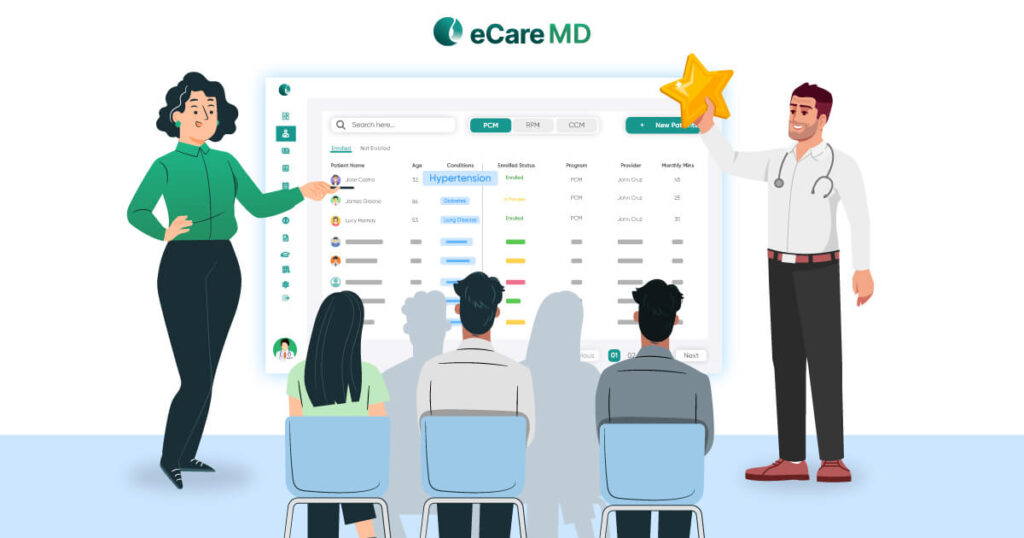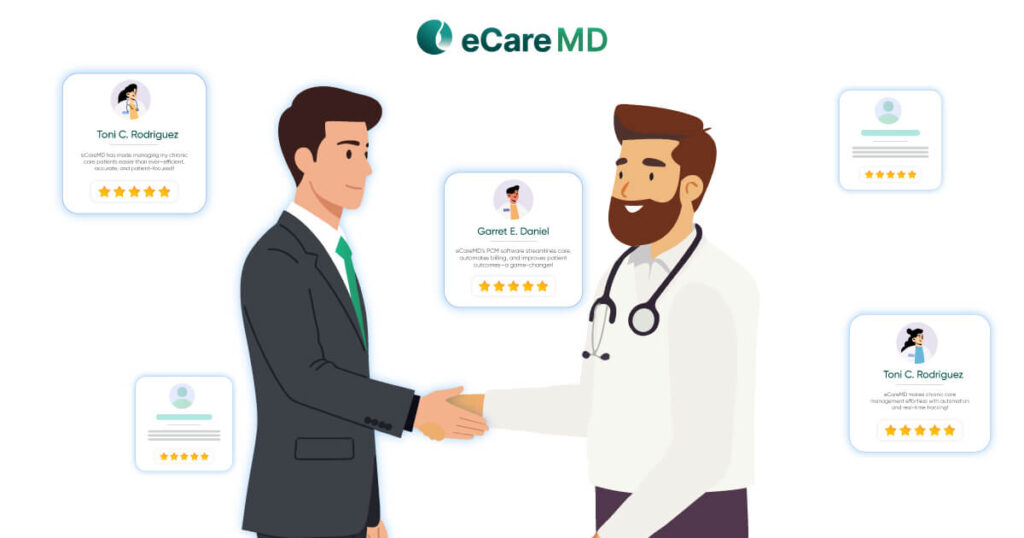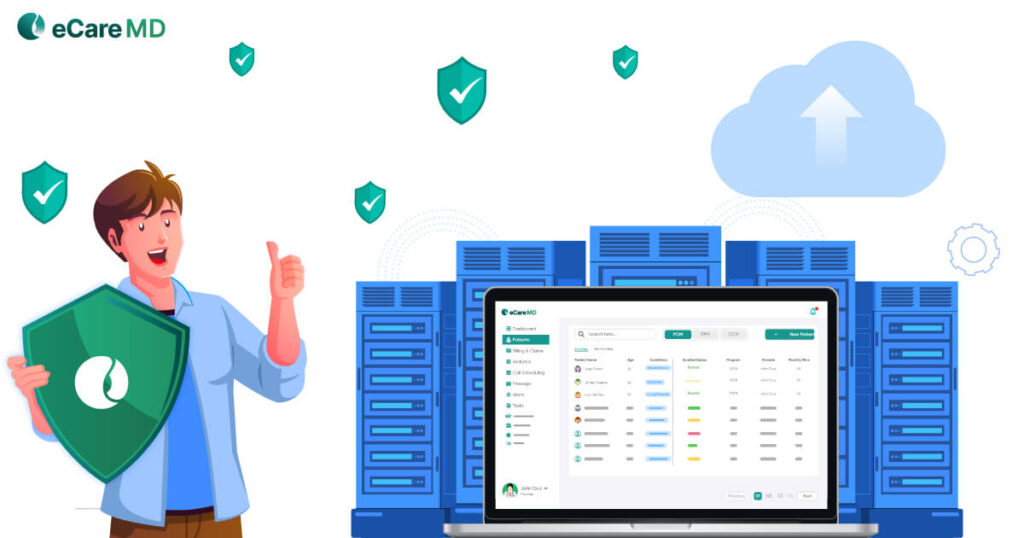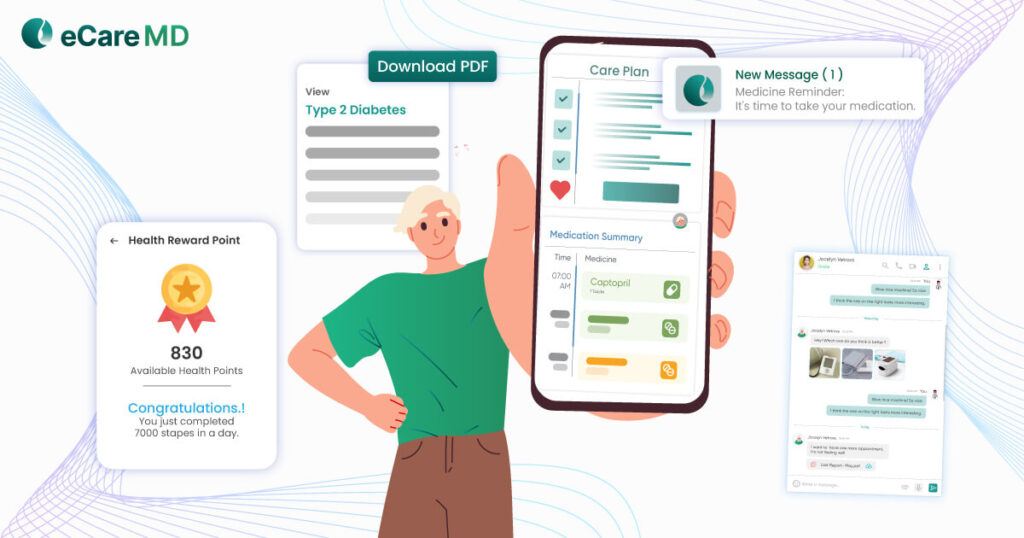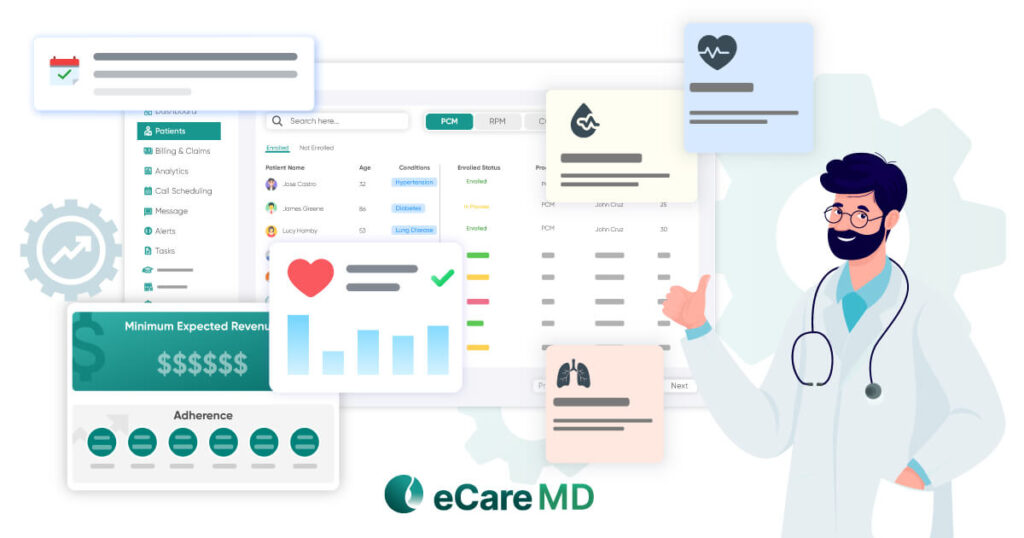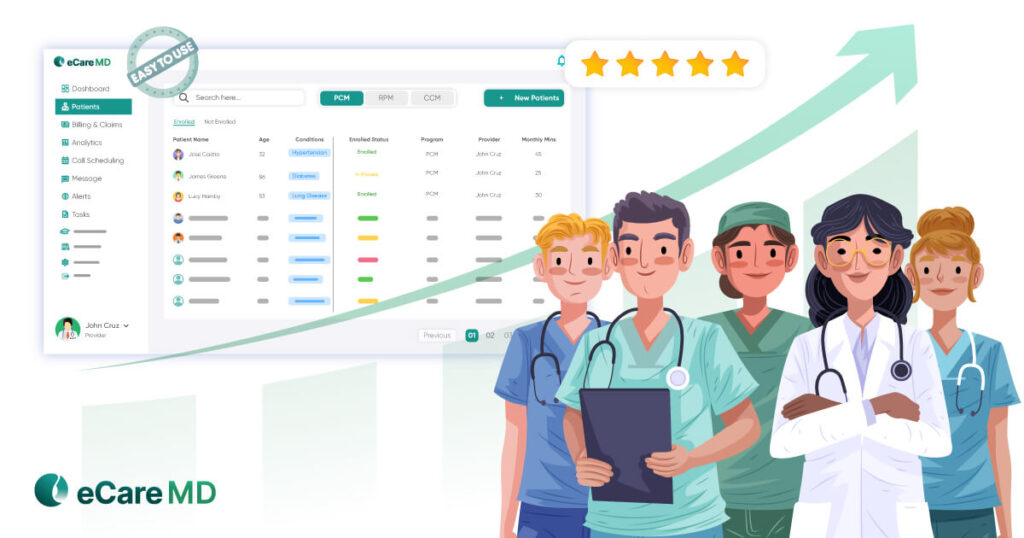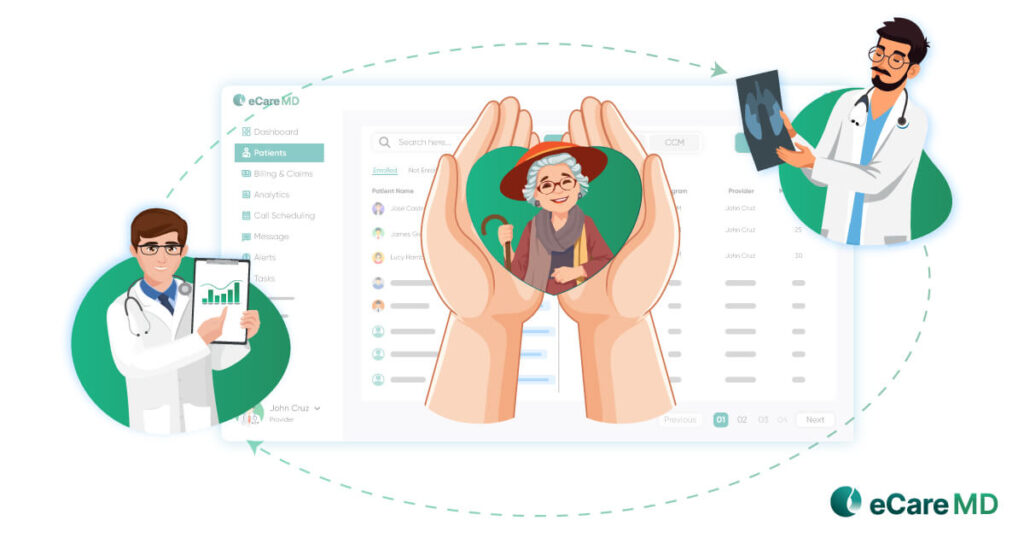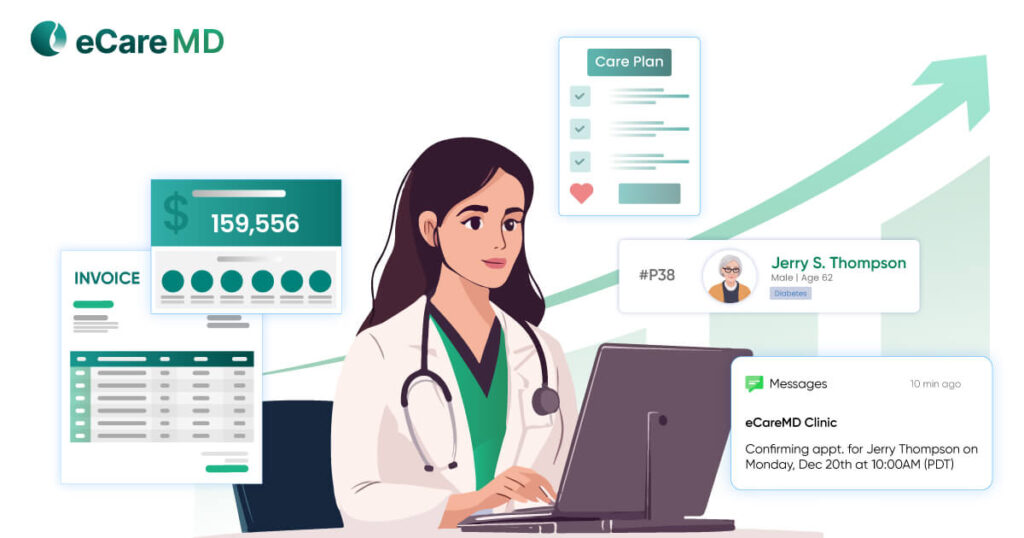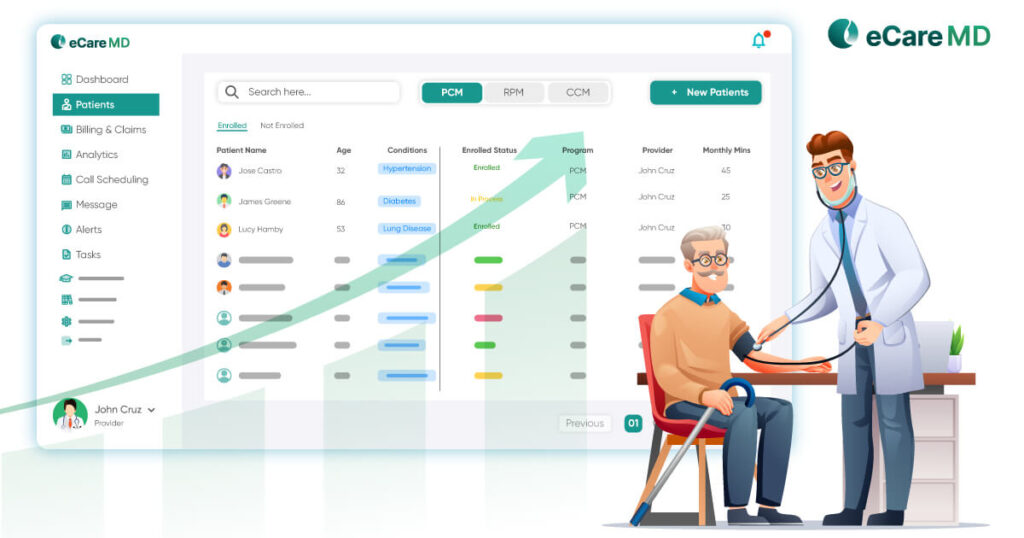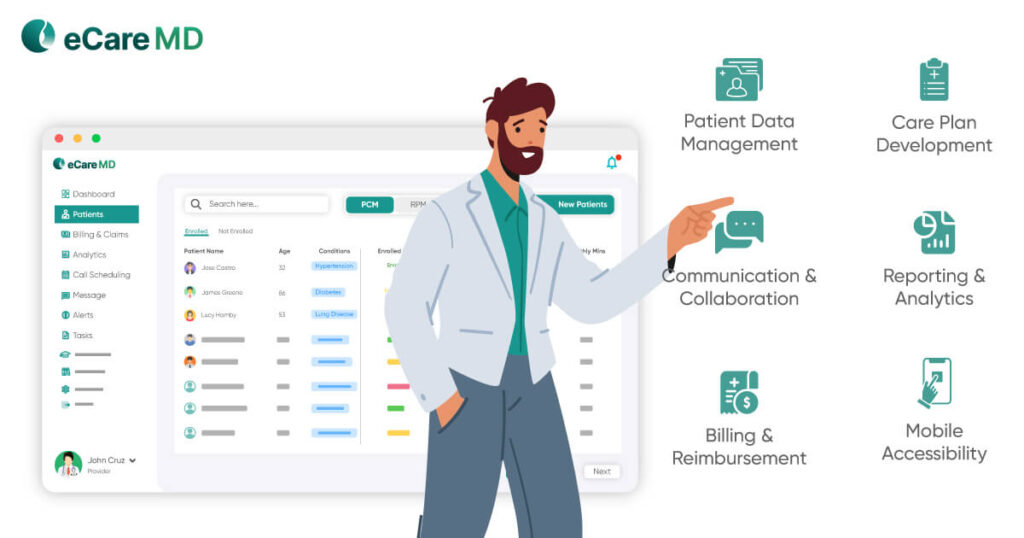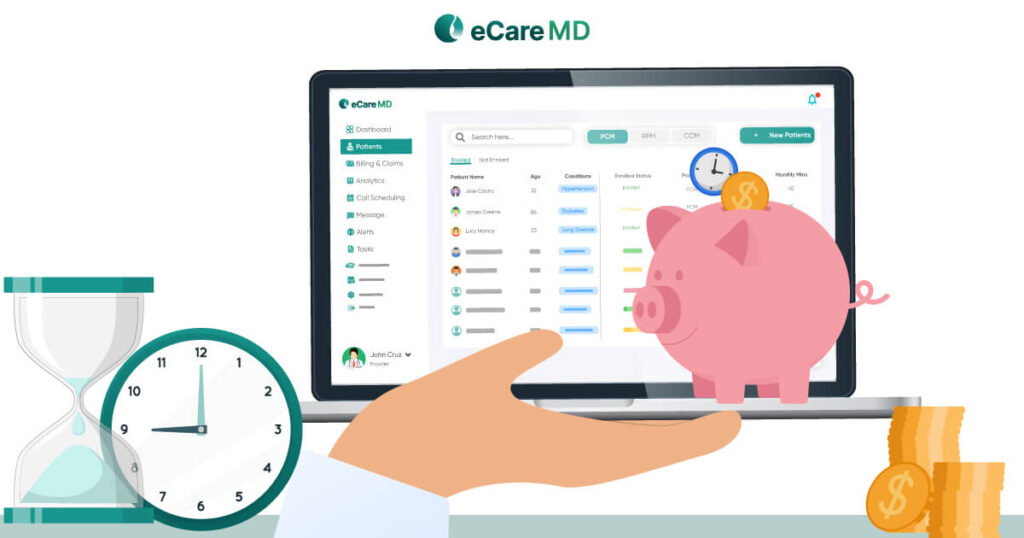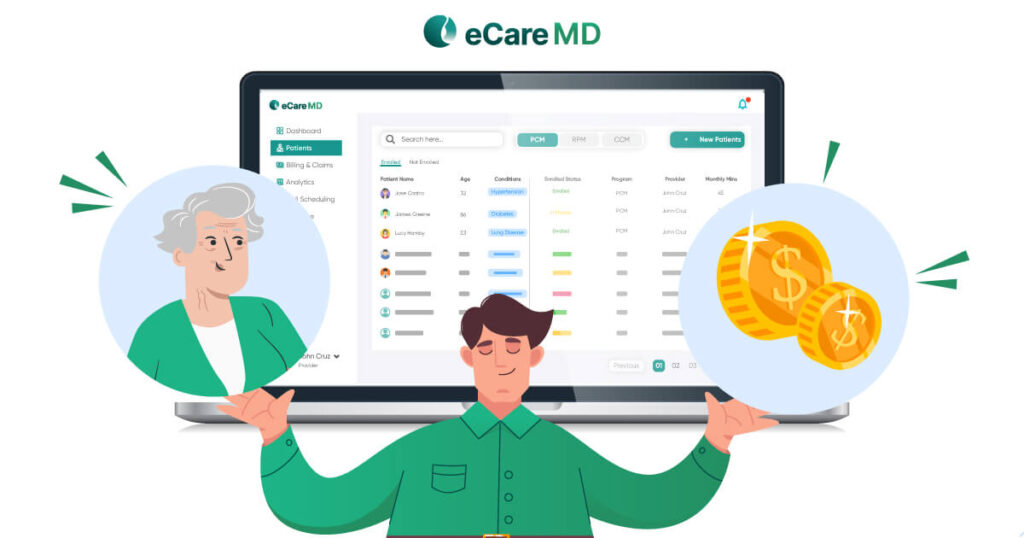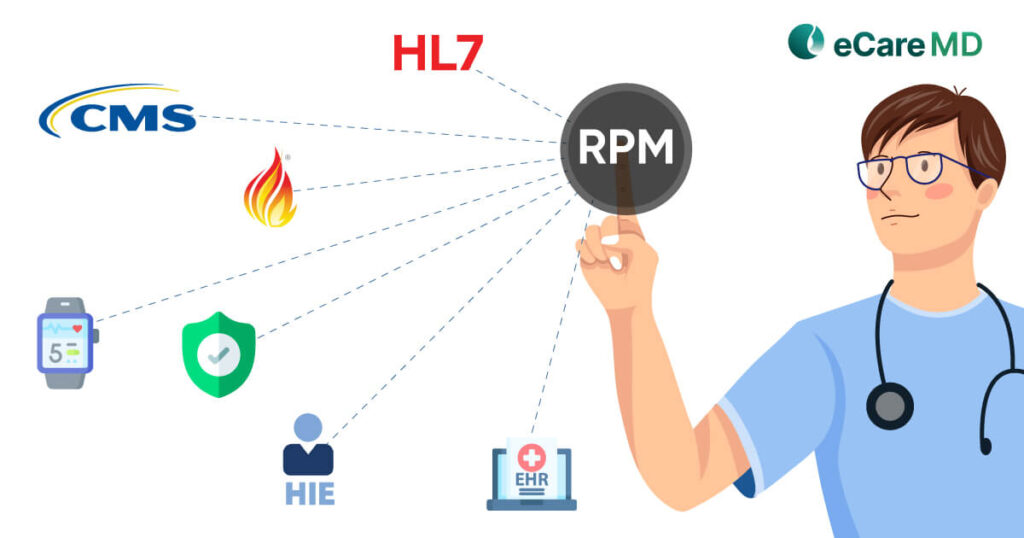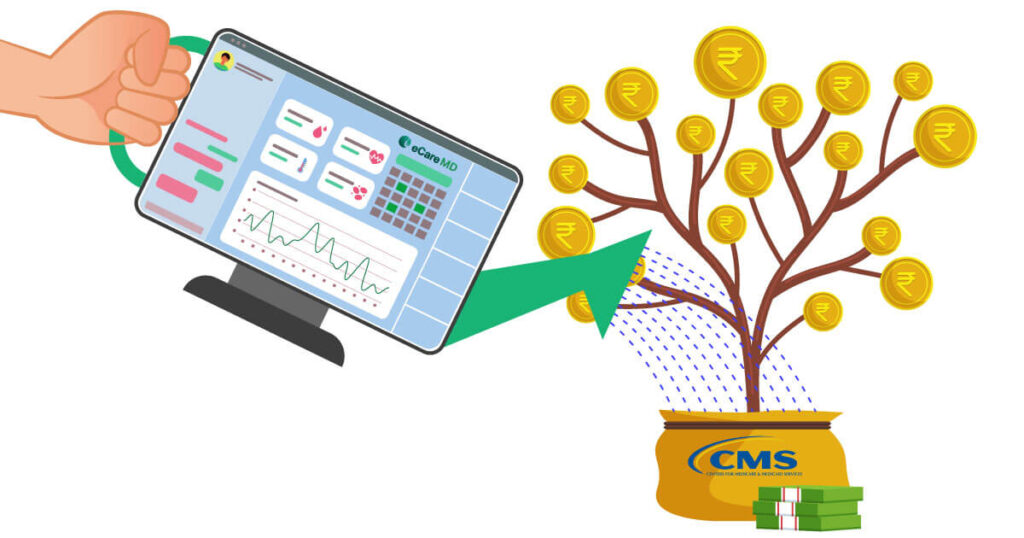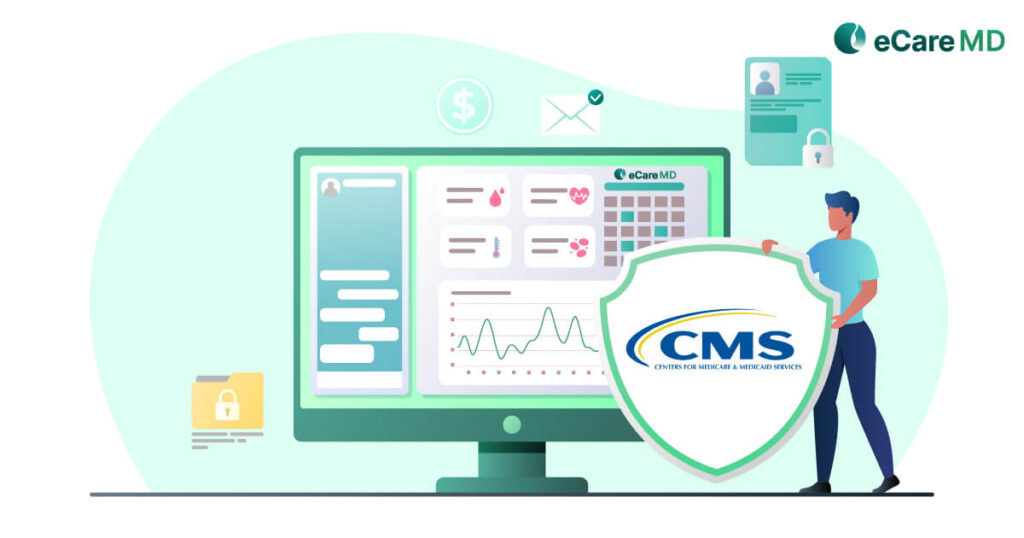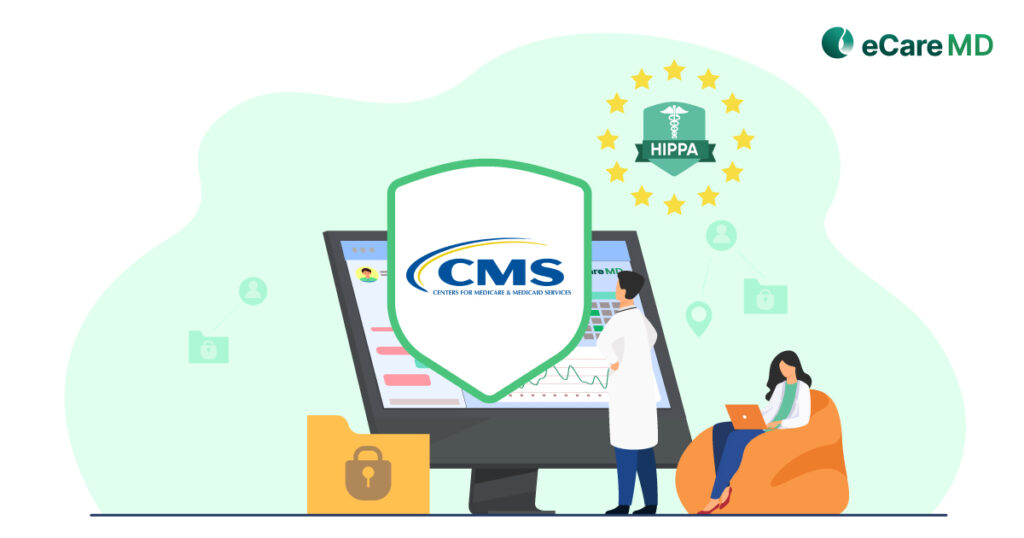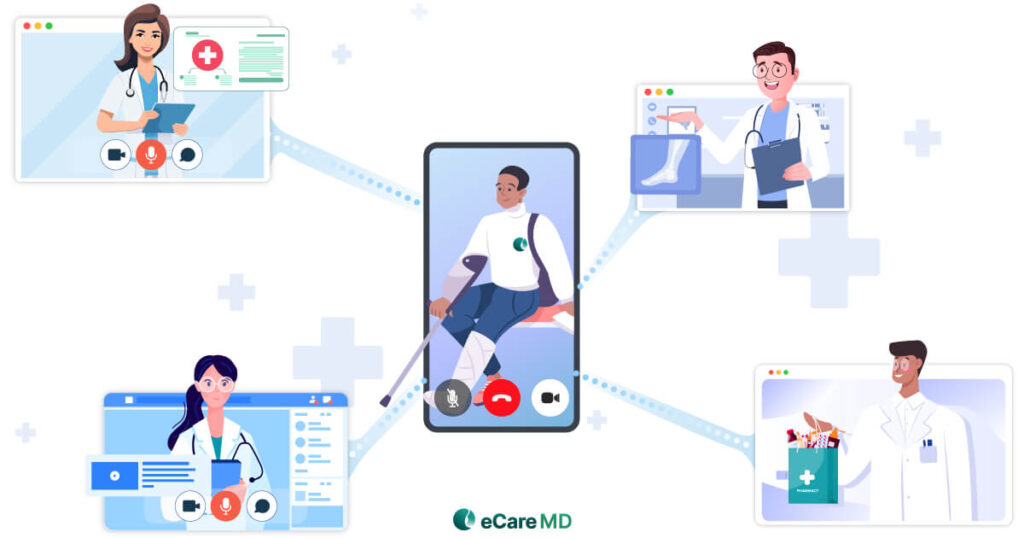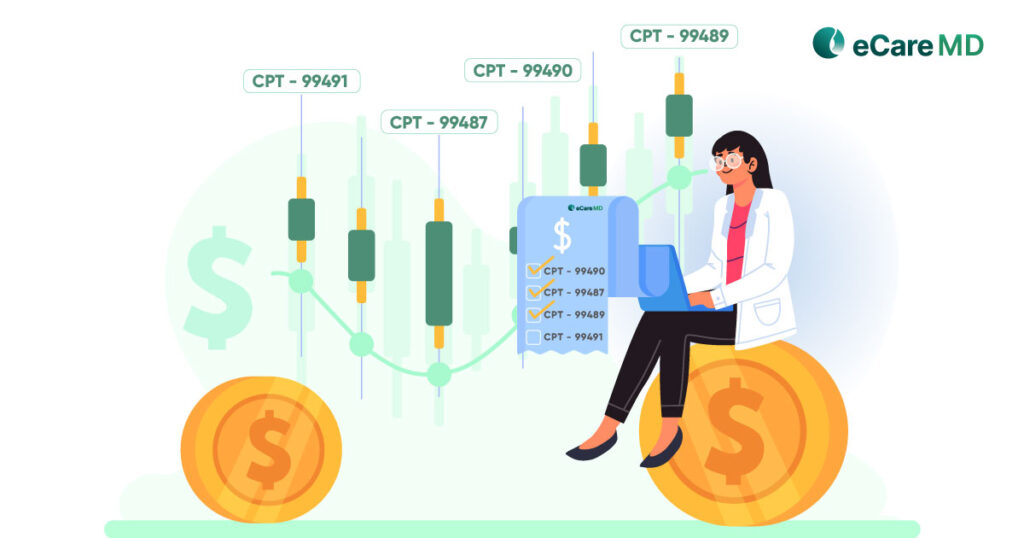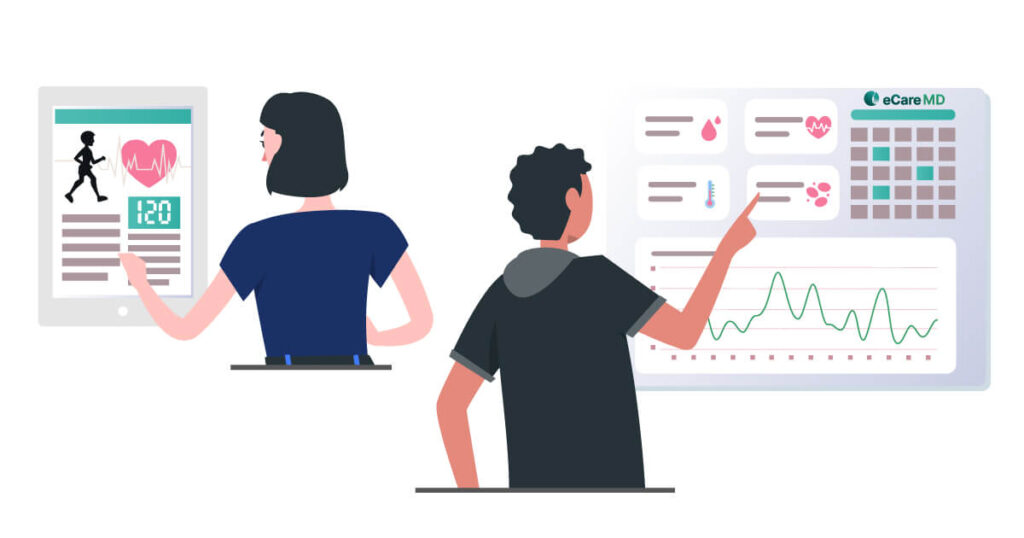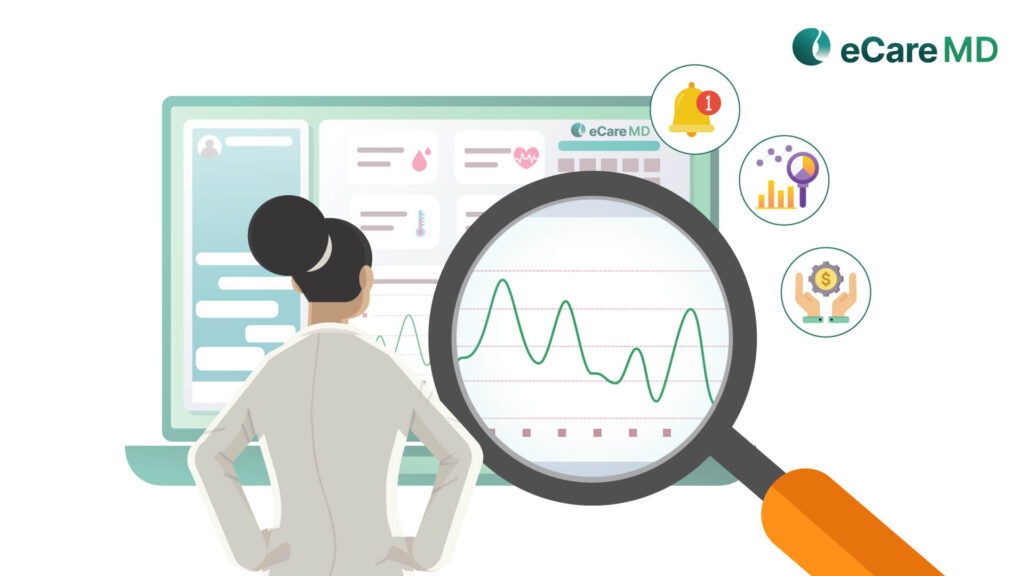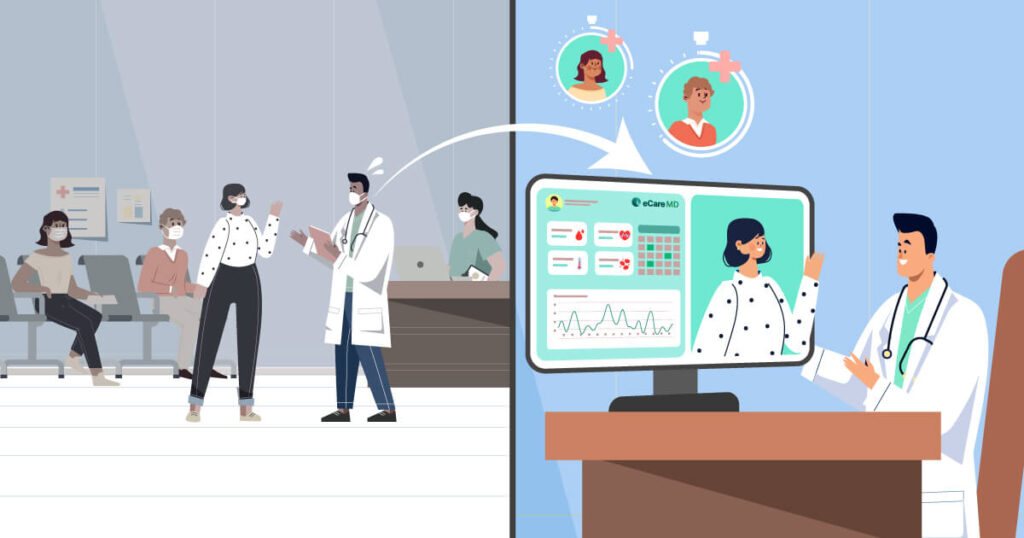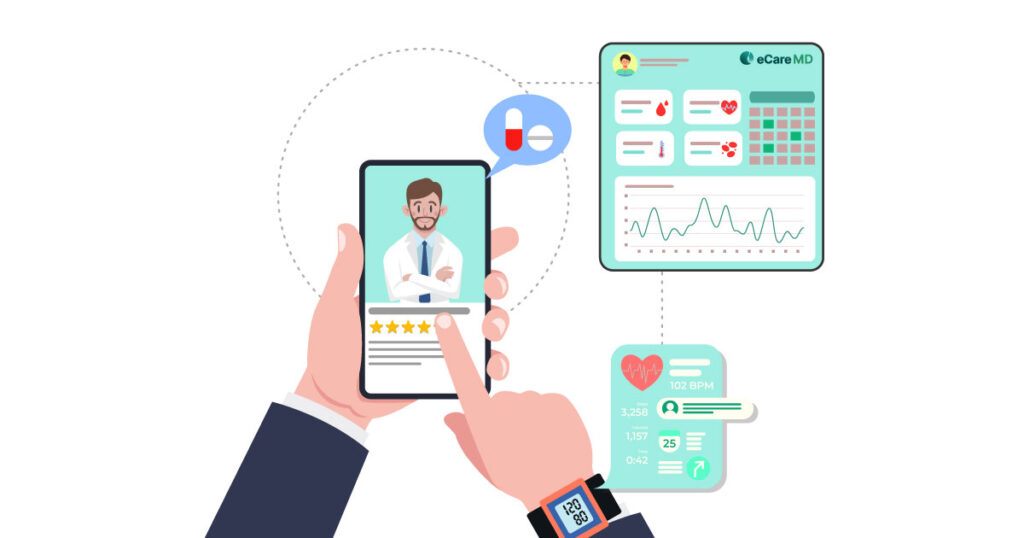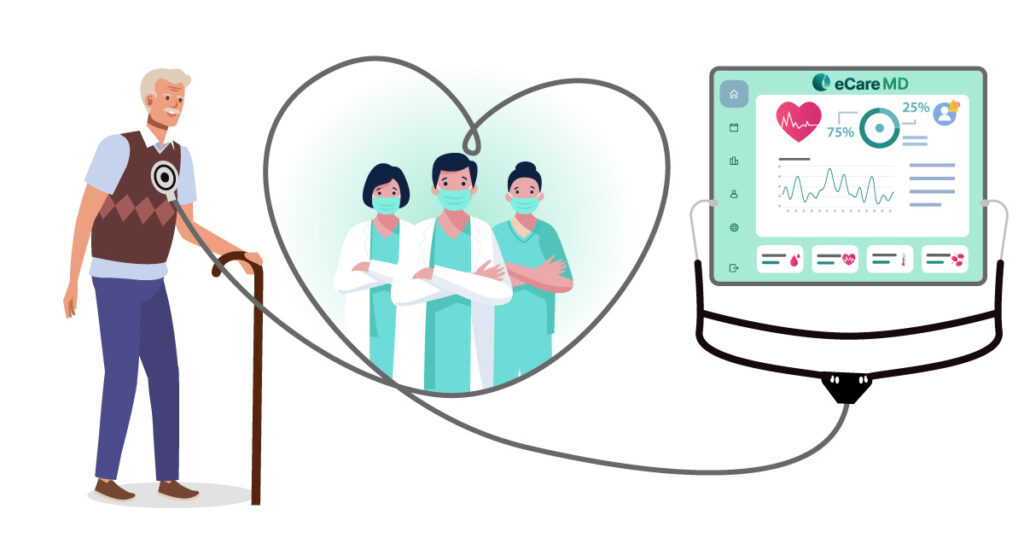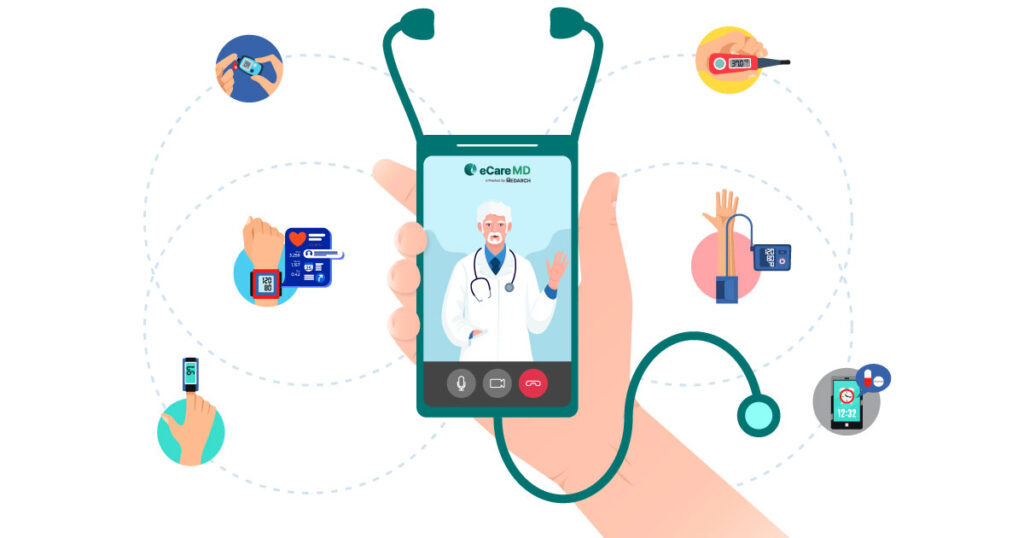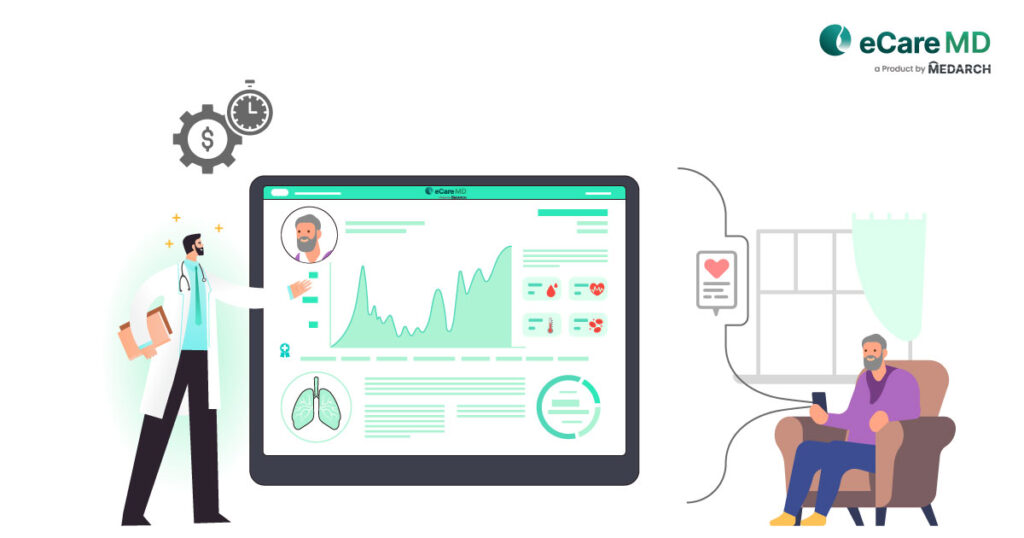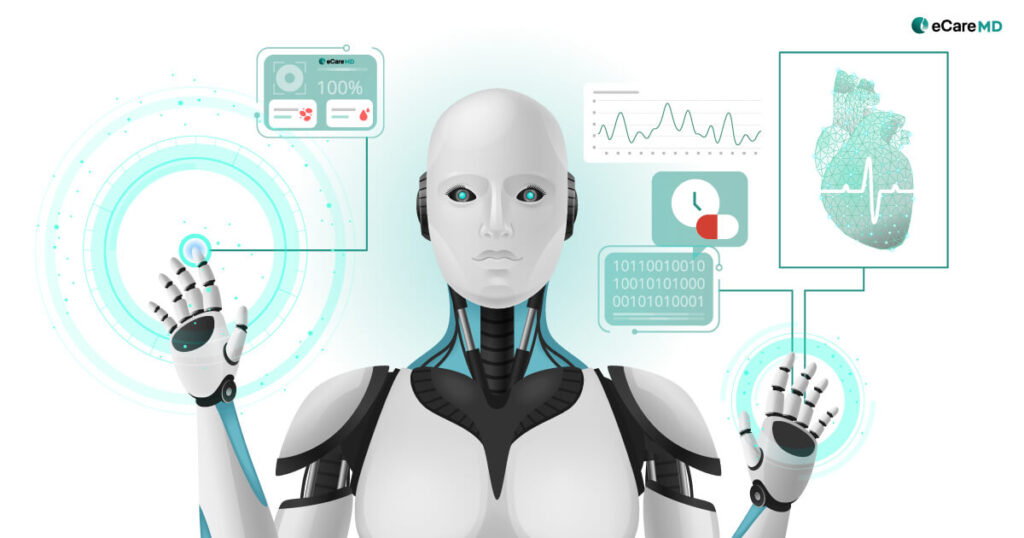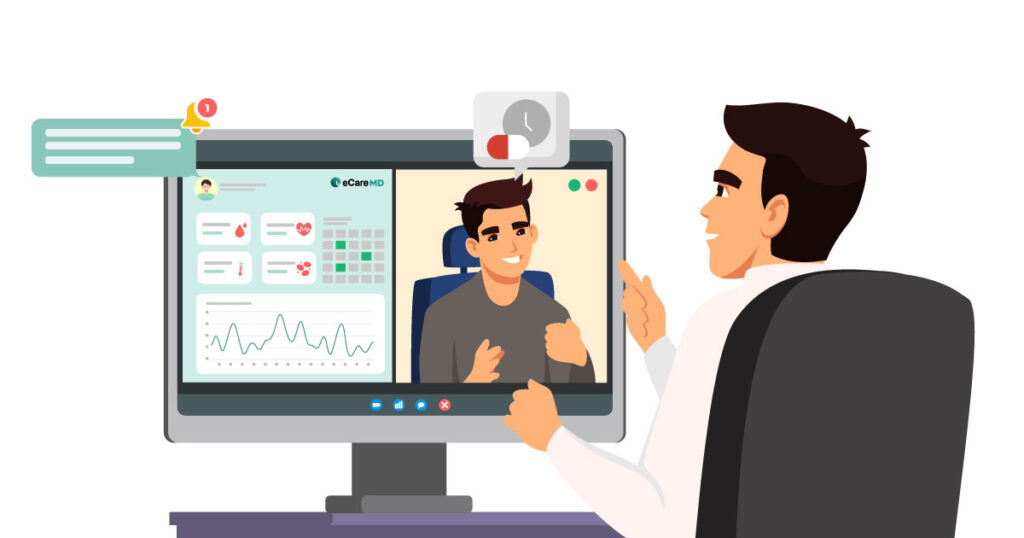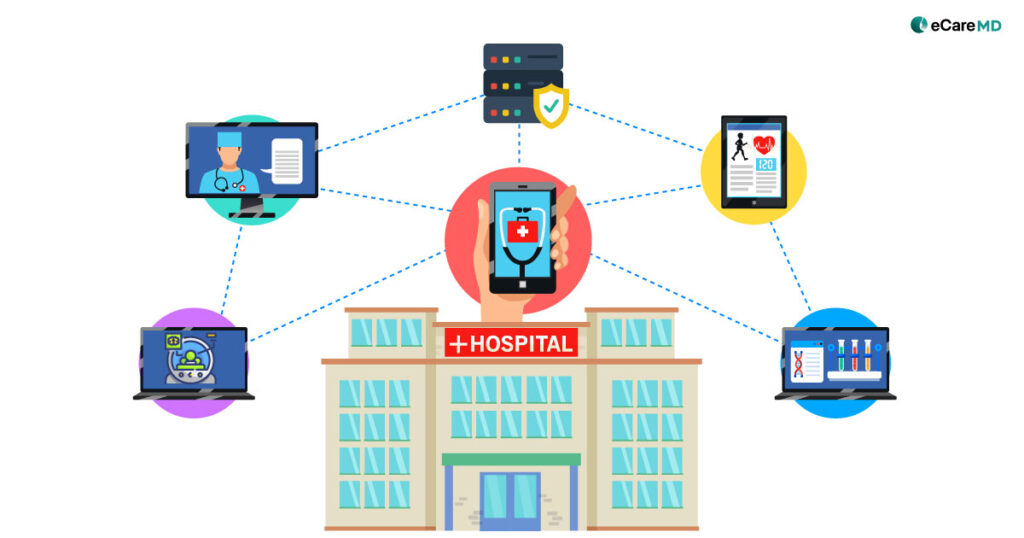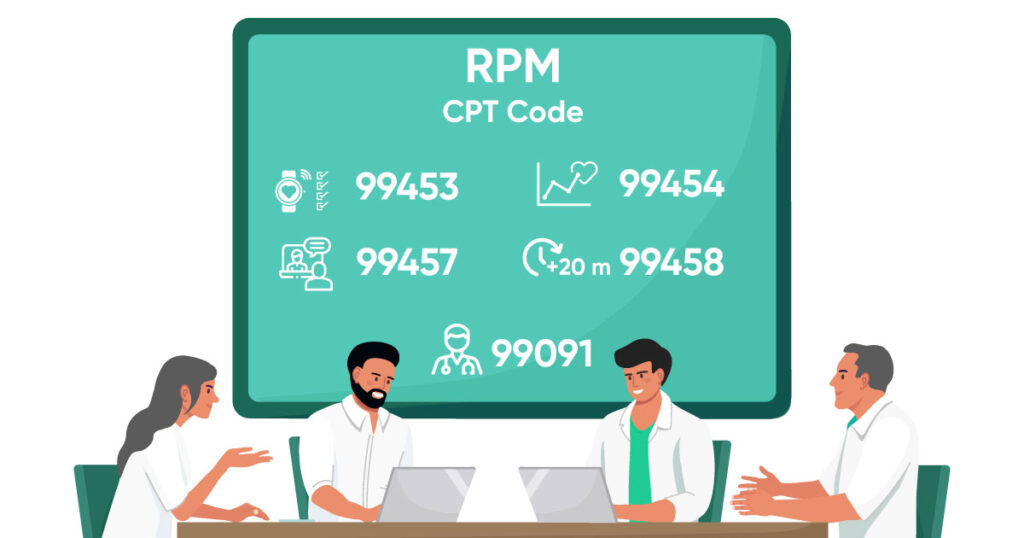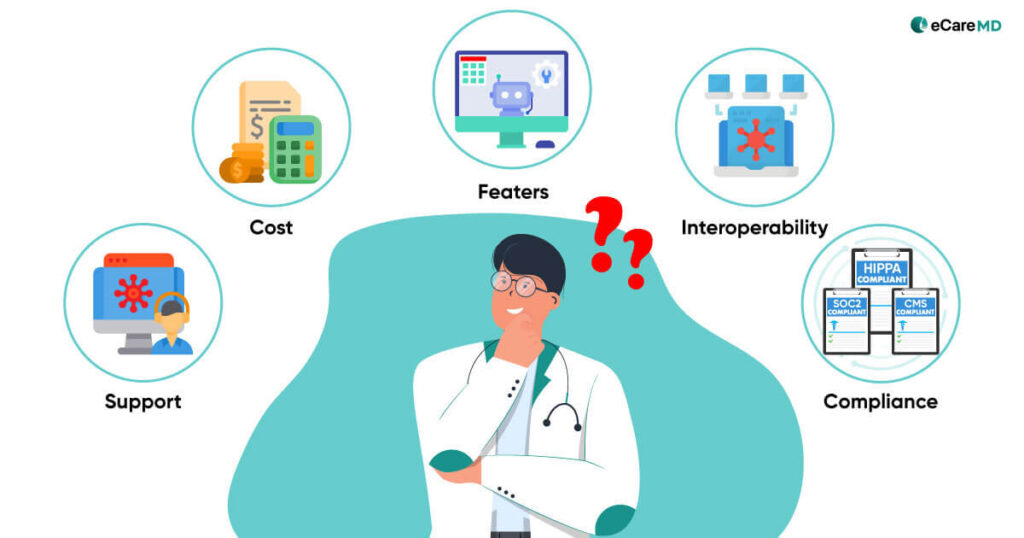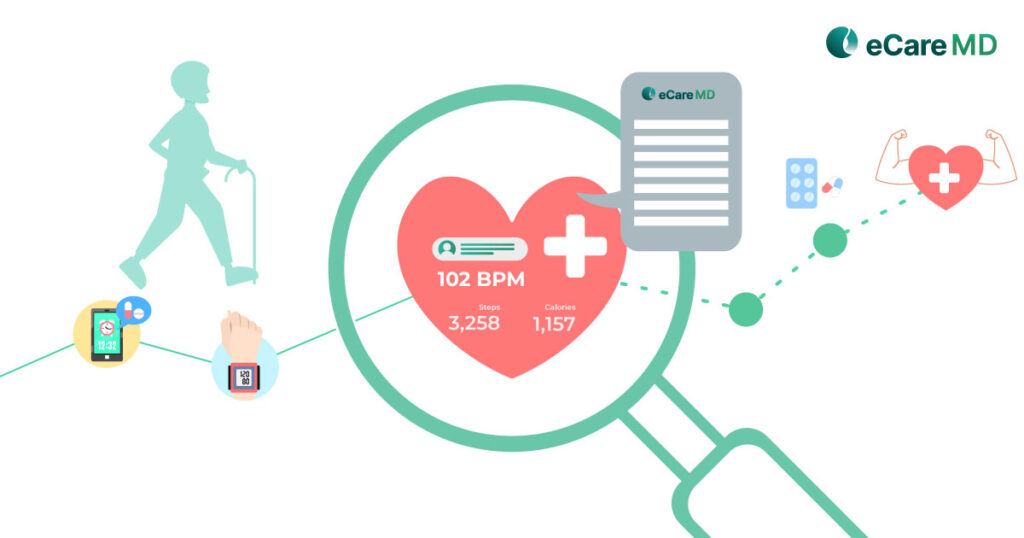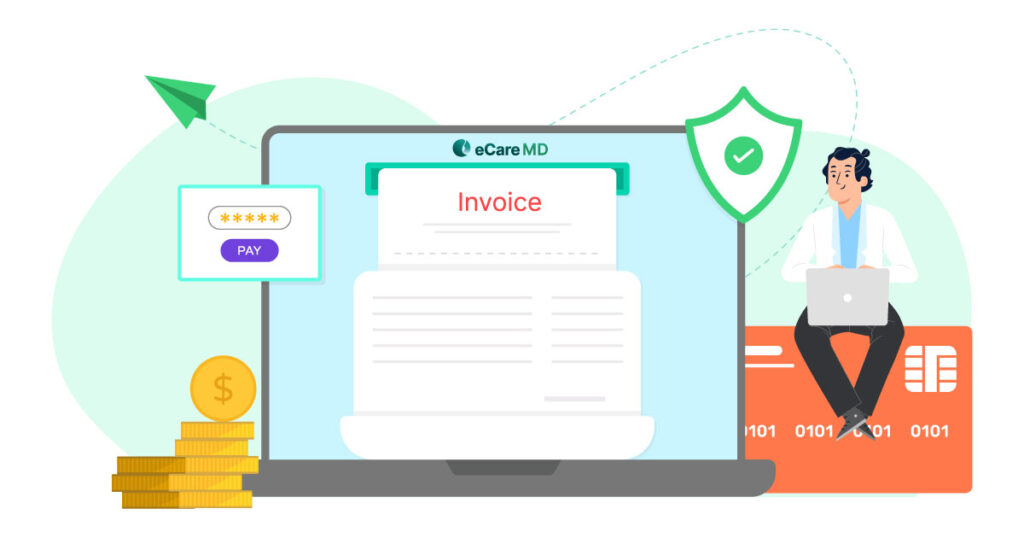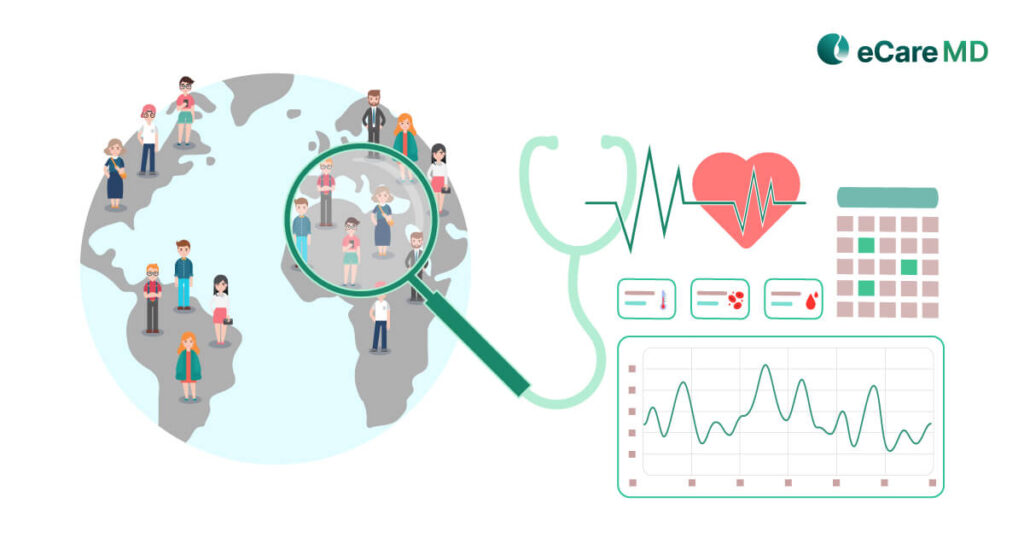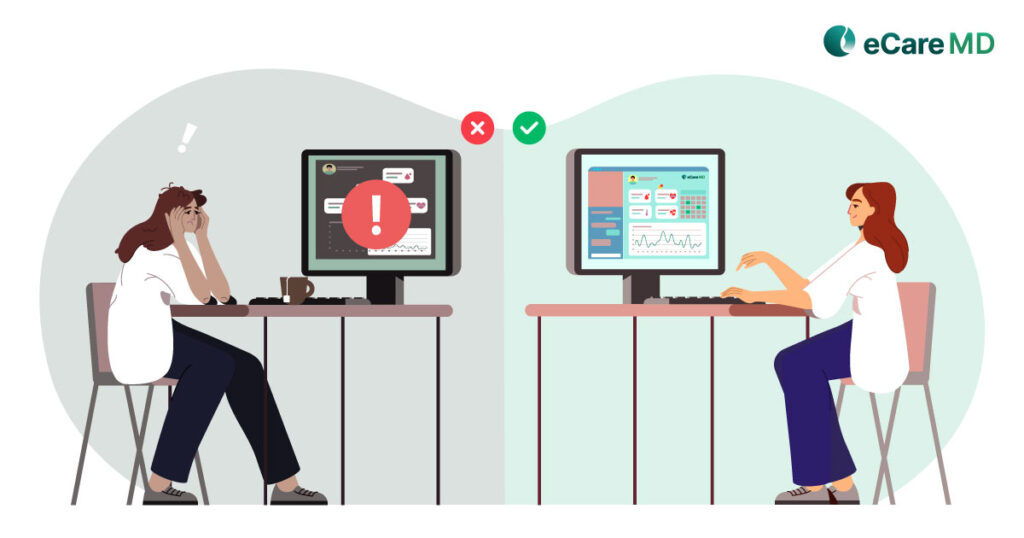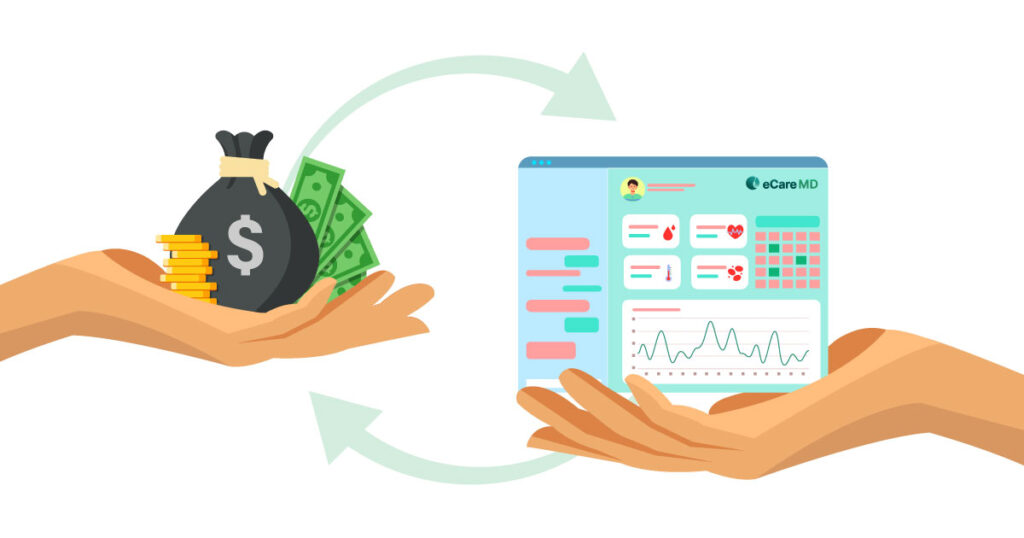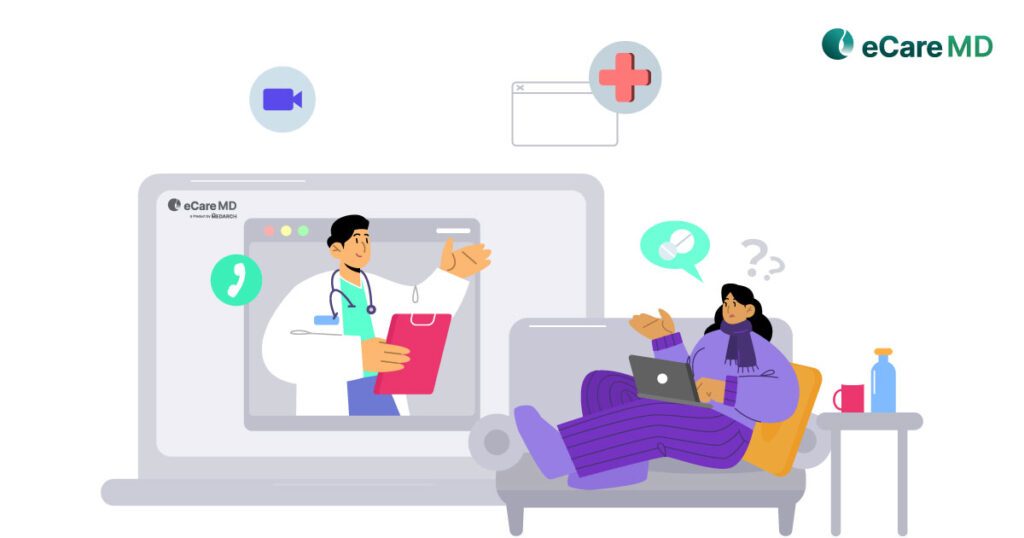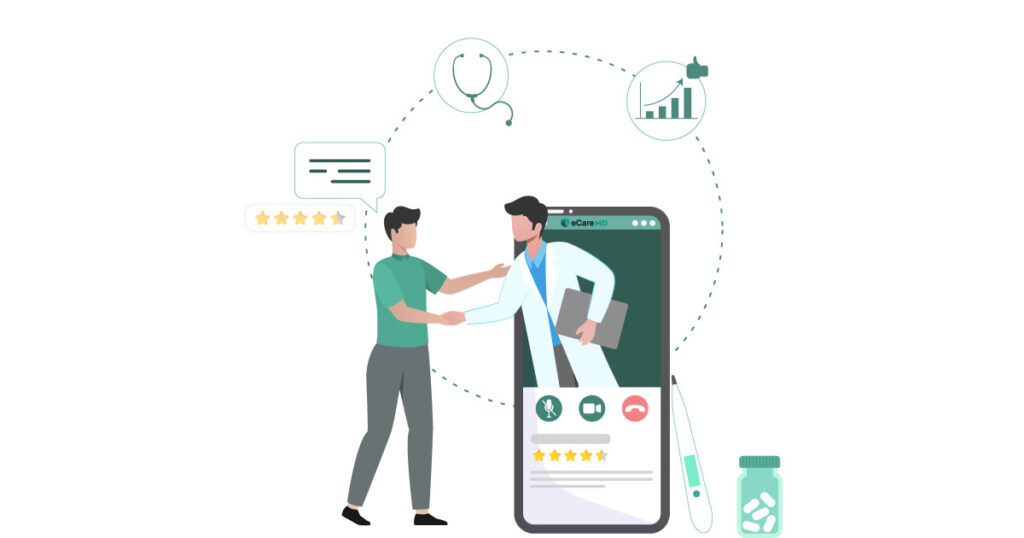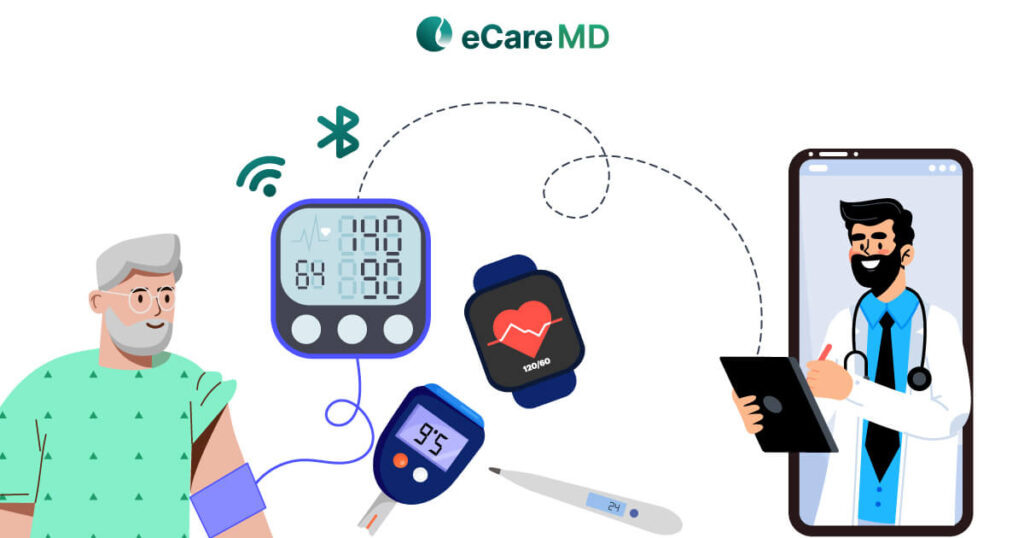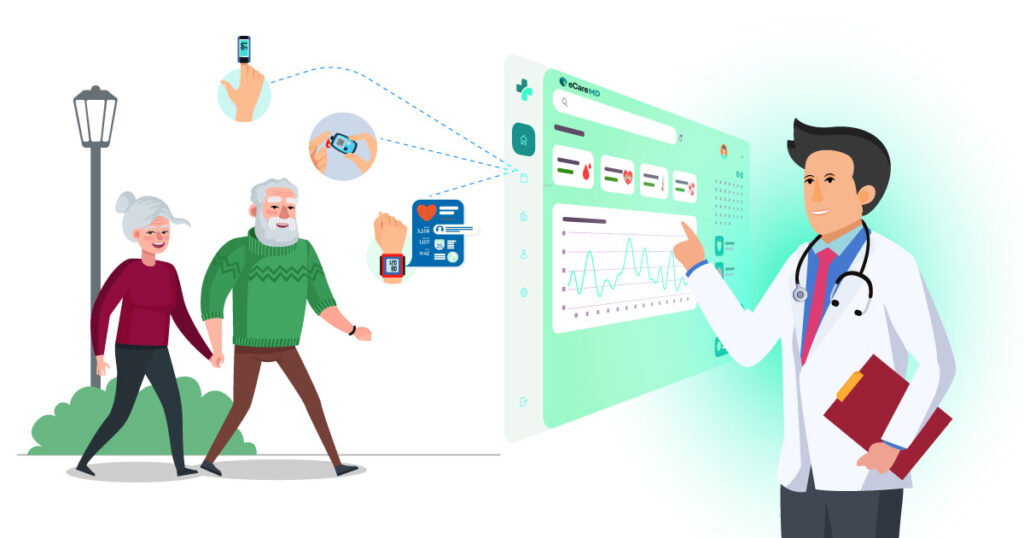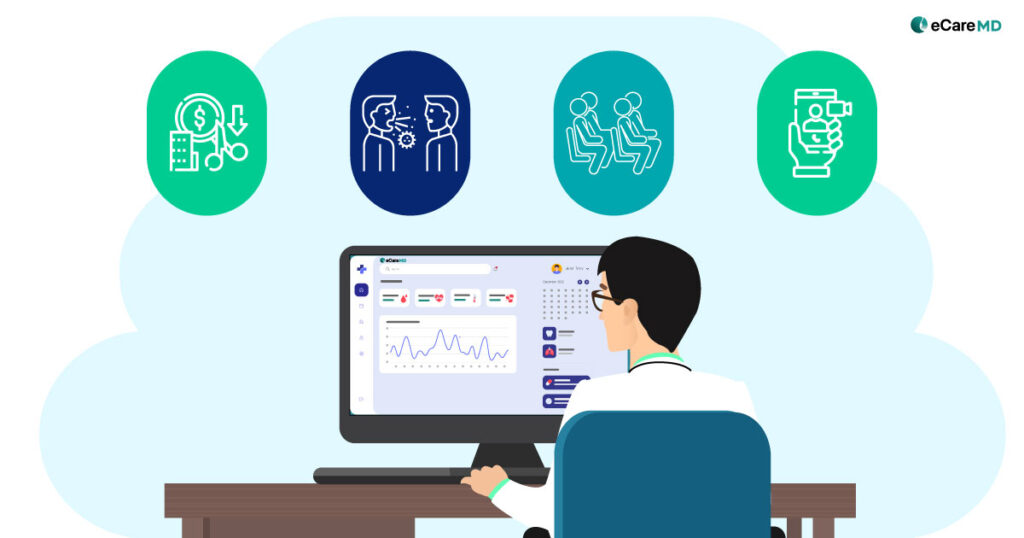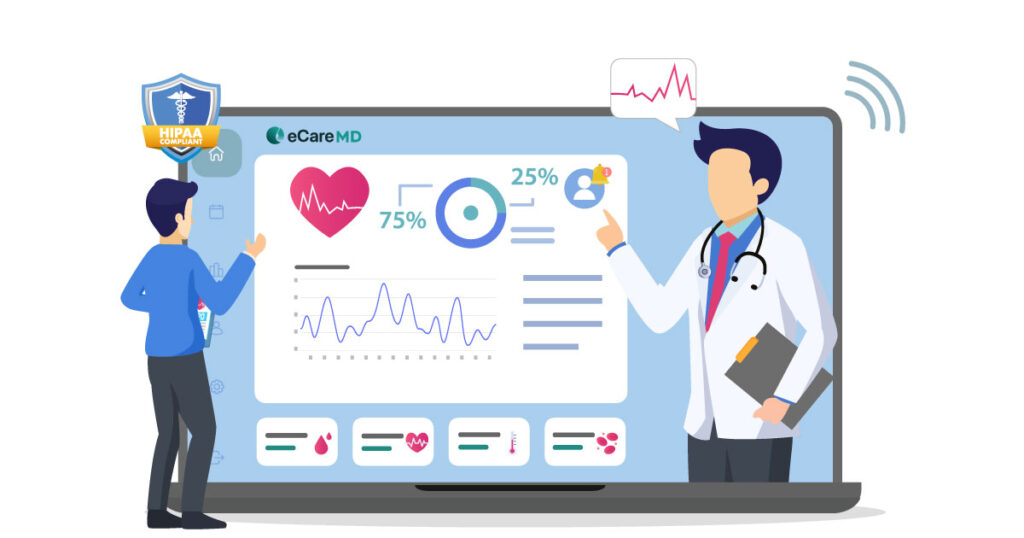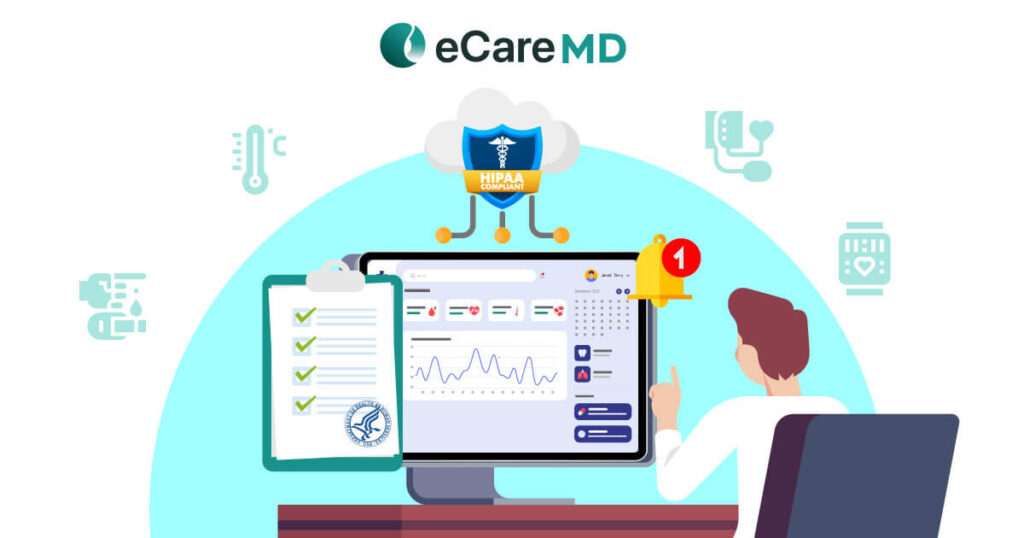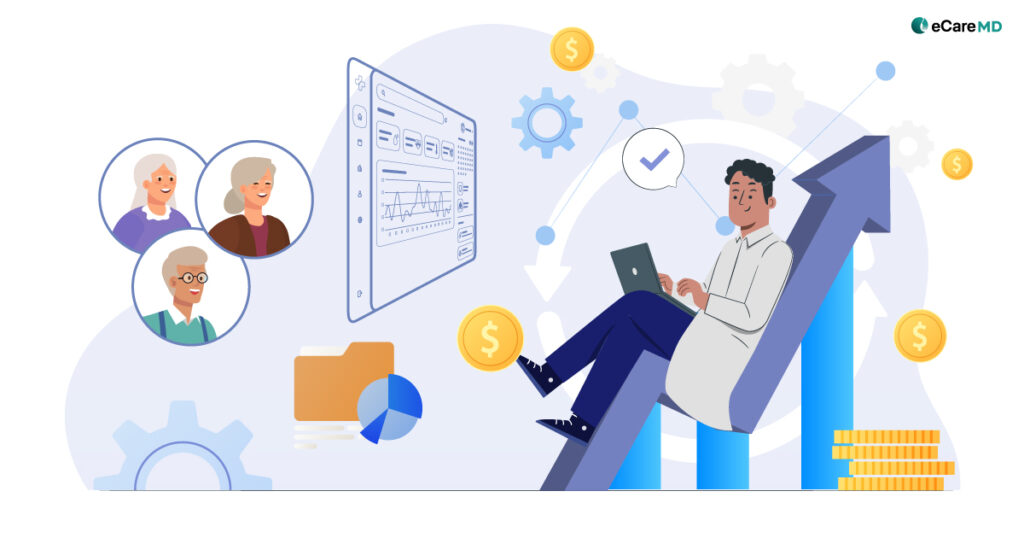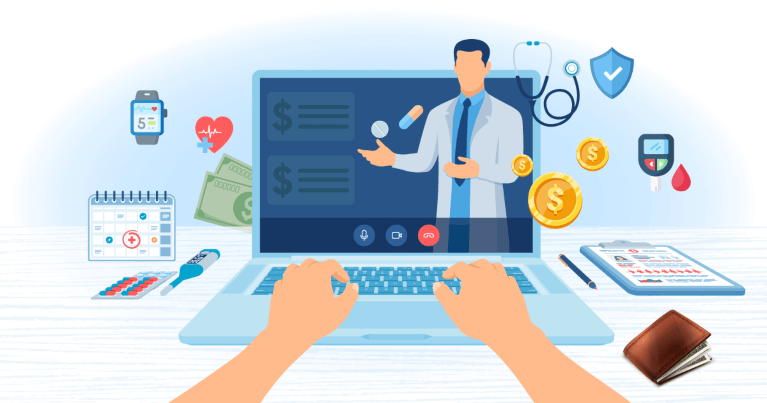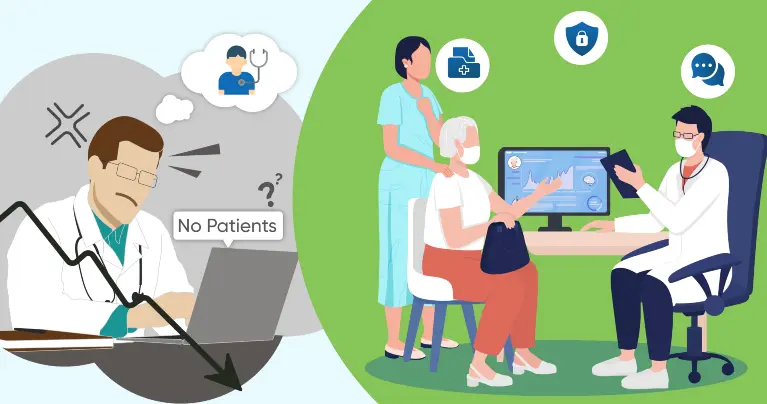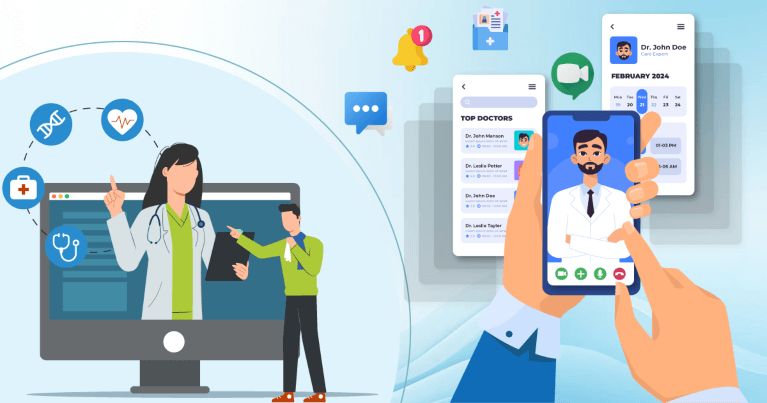In 2020, 23.4 million patients in the United States used Remote Patient Monitoring services!
The number is expected to surpass 30 million in 2024. The rising popularity of the RPM program has enabled small-scale clinics to enhance their care practices.
Being a healthcare provider, the role remote patient monitoring devices play in the success of the program is not hidden from you. Still choosing the best devices where everyone claims to be the best in their own ways, we’ve curated a comprehensive guide that can help you in making the best choice.
Streamline Your Practice with the Perfect Remote Patient Monitoring Set-up
When you are selecting remote patient monitoring devices for your practice, it is important to align the remote monitoring devices with the workflow of your healthcare practice. It not only streamlines your practice but also provides a seamless infrastructure for its sustainability.
Identifying Your Practice’s RPM Goals
Decoding the Different Types of RPM Devices
Different types of remote patient monitoring devices have different functionalities. That is the reason different devices are used to monitor different health vital signs like blood pressure, weight scales, pulse oximeters, glucometers, etc.
Along with that, while choosing the remote patient monitoring devices, check for the patient engagement tools the vendor provides for data collection and patient-provider communication. Since this will be the point of contact for the patients, considering this factor in choosing the right RPM vendor can improve the entire care delivery process significantly.
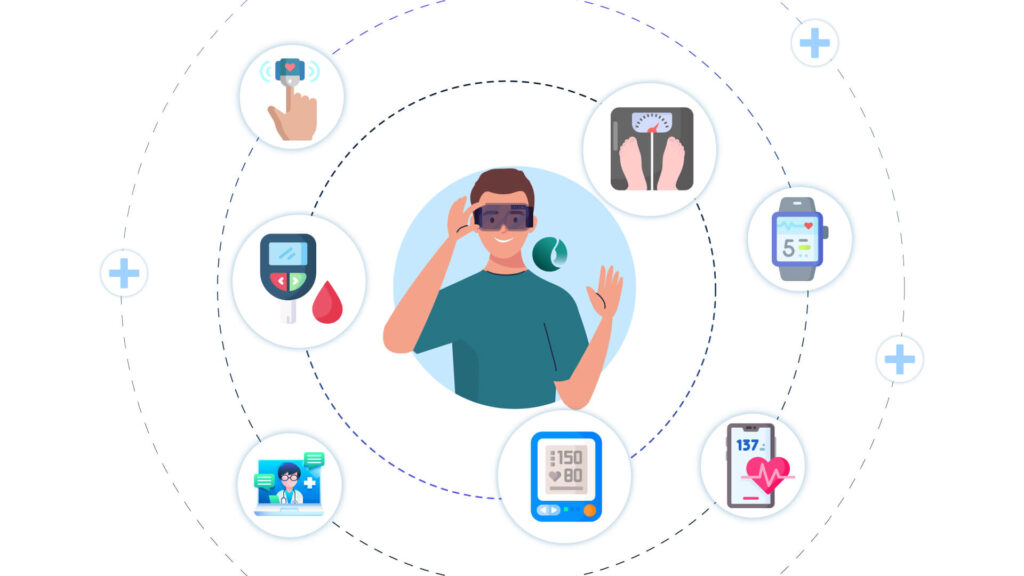
Choosing the Right Connectivity: Cellular vs. Bluetooth
Both of these connectivity have their advantages and disadvantages. However, you, being a care provider, should consider patient location, technical comfort level, and budget while choosing the right remote patient monitoring devices.
Beyond Devices: Essential Considerations for a Successful RPM Program
Your RPM program is beyond the remote patient monitoring devices that you’re choosing; it’s for improving the patient population’s quality of life. That is why special importance should be given to RPM data security considerations along with HIPAA compliance and FDA-approved devices. These considerations are important not only for navigating through legalities but also for streamlining your healthcare practice.
Implementation & Ongoing Management
- Vendor Selection: When you are selecting the vendor, research whether they offer compatible devices and software with strong customer support. This is important for ongoing support and maintenance of the RPM program.
- Data Security: Data security is one of the concerns that can construct the implementation process. For this, you need to ensure that the platform complies with HIPAA regulations for patient data privacy.
- Reimbursement Considerations: Different states in the United States have different insurance coverage for RPM services. It is suggested to understand them better before moving ahead with the implementation of the RPM program
Conclusion
Choosing the best RPM devices for your RPM program in your healthcare practice can be confusing. However, if you know the right way around, the choices can become crystal clear for your healthcare practice.
Let this article be your guide to choosing the right RPM devices for your practice. Doing so will directly impact the efficiency of your healthcare practice, giving them more time to provide personalized care. This will positively impact the patient’s health outcomes, contributing to the success of your RPM program.
However, careful evaluation of your budget and studying your patient population is crucial for choosing the RPM devices for your practice. Make informed decisions before selecting the devices, and know your needs and requirements beforehand.
Frequently Asked Question’s
Remote patient monitoring devices are used to monitor patients’ vital signs remotely to continuously monitor their health conditions. Some of its major benefits are:
- Empowerment and education
- Early detection and intervention
- Reduced hospital readmissions
- Remote monitoring and care coordination
- Reduced healthcare costs
- Improved patient satisfaction
Here are some key steps to ensure patient data security with RPM devices:
- Encrypt data: Use strong encryption for both storage and transmission (e.g., HTTPS, TLS).
- Limit access: Implement multi-factor authentication and only grant access to authorized personnel.
- Regularly update: Patch devices and software promptly to address security vulnerabilities.
- Educate staff: Train staff on proper data handling practices and security procedures.
- Monitor and audit: Track access and activity to detect suspicious behavior.
Here are some key strategies to get your patients comfortable with RPM devices:
- Explain benefits: Clearly outline how RPM empowers them (e.g., self-management, fewer clinic visits).
- Provide training: Offer thorough device setup and usage training with hands-on practice.
- Address concerns: Actively listen and address their worries about technology, data privacy, etc.
- Offer ongoing support: Ensure easy access to technical help and answer questions promptly.
- Celebrate success: Acknowledge and celebrate their progress and milestones in using the devices.

